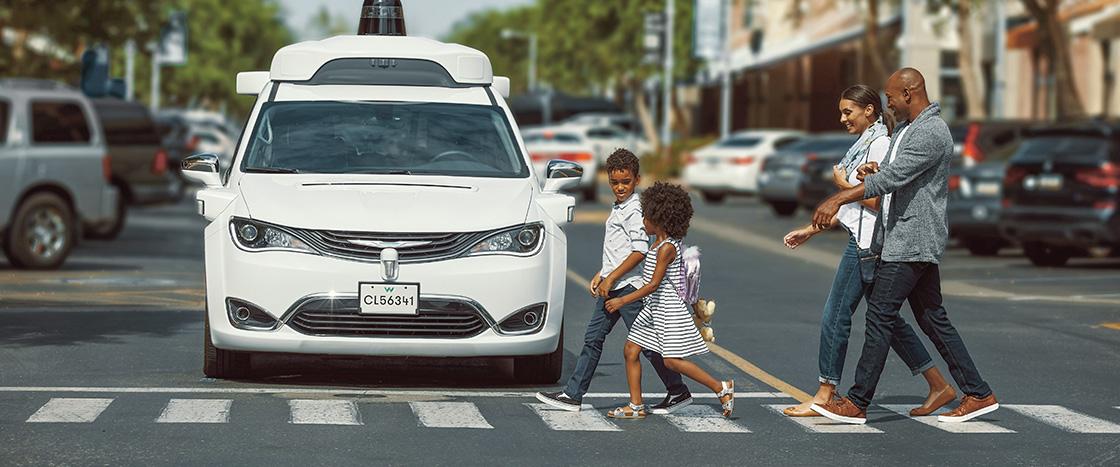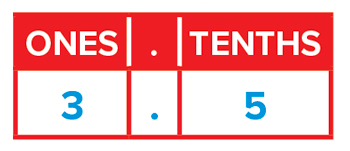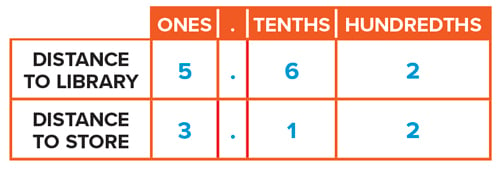Zip around town on an electric unicycle—no pedaling required! The V5F is 70 centimeters wide and weighs only as much as a baby stroller. Its thin and foldable design makes it easy to store and carry. The battery-powered unicycle can travel almost 40 kilometers on a single charge.
Ride around town on an electric unicycle. You won’t need to pedal! The V5F is 70 centimeters wide and weighs only as much as a baby stroller. It’s thin and can fold up. That makes it easy to store and carry. It’s also battery powered. It can travel almost 40 kilometers on a single charge.



